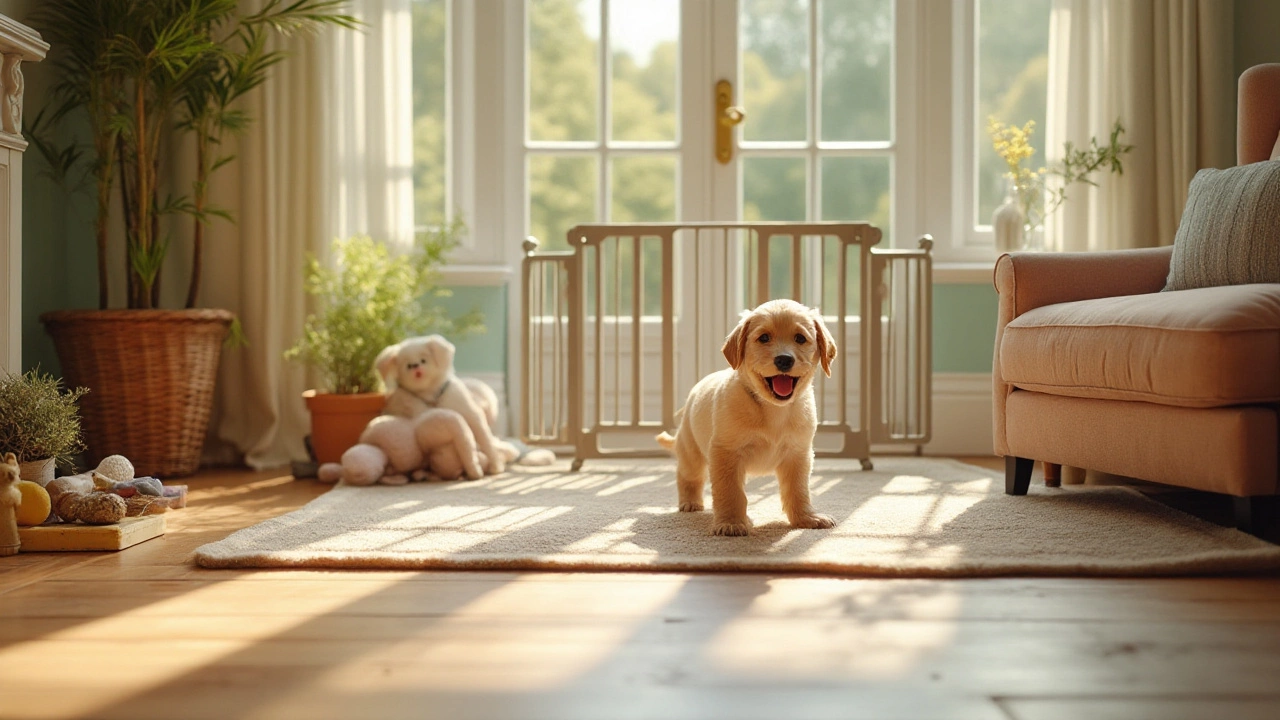Home Training: Simple Steps to Teach Your Dog at Home
Got a new puppy or a grown gundog that needs a solid routine? Training at home saves money, fits your schedule, and builds trust fast. You don’t need fancy equipment – just a few minutes a day, patience, and the right approach.
Why Train at Home?
Home is where your dog feels safest. When you train in a familiar space, distractions are low and confidence climbs. That means your dog learns faster and you avoid the stress of a crowded class. Plus, you can shape behavior exactly where it matters – in the kitchen, the garden, or the hallway.
Another win is control. You decide when to practice, which cues to use, and how often to reward. This customisation works especially well for gundogs that need specific hunting cues and focus exercises.
Quick Home Training Methods
1. Start with a strong cue. Choose a word or hand signal you’ll use for the same behavior every time. Keep it short – "Sit", "Stay", or "Come" work best. Say the cue, wait a beat, then reward.
2. Use high‑value treats. Small pieces of chicken or cheese keep your dog motivated. Only give a treat when the cue is spot on; this reinforces precision.
3. Keep sessions short. Five to ten minutes is enough for most dogs. End on a success so your pup leaves the session happy and ready for the next round.
4. Add distractions gradually. Once your dog nails a cue in a quiet room, move to the living room, then the garden. This builds real‑world reliability, essential for hunting dogs that face outdoor noise.
5. Practice the “leave it” command. Place a treat in your hand, say "Leave it", and wait until your dog looks away. Reward the pause. This simple trick prevents your dog from picking up unsafe items during a hunt or a walk.
These basics cover most of the posts on our tag page. For example, our article “Should You Take Your Dog’s Collar Off at Home?” explains when a collar is safe inside and when to skip it – a quick read that pairs well with the “Leave it” exercise.
Another fan favorite, “Collar vs Harness: What Do Vets Really Recommend for Dogs?” helps you decide the right gear for training walks. If you’re unsure whether a harness will hinder a gundog’s movement, that guide gives clear, vet‑backed advice.
When you’re ready to tackle barking, check out “How to Stop Dogs from Barking: Real Solutions for Quiet and Happy Homes.” It blends nicely with the “Stay” command you’re already teaching.
Remember to watch your dog’s body language. A relaxed tail, soft eyes, and a loose mouth mean the training is fun. If you see stiff posture or growling, pause, go back to basics, and reward calm behavior.
Finally, keep a training log. Write down the cue, the date, and how many tries it took. Over weeks you’ll see patterns – maybe your dog learns “Come” faster than “Stay”. Adjust your focus accordingly.
Training at home isn’t just about obedience; it builds a partnership that lasts a lifetime. Use these steps, mix in the specific articles from our tag page, and watch your gundog become a confident, well‑behaved companion.
- Morgan Ainsworth
- 0 Comments
Finding the Right Balance: Should You Let Your Puppy Roam Freely at Home?
Determining whether you should let your puppy roam freely in your house involves understanding the balance between freedom and safety. Puppies are curious and adventurous, often getting into mischief when left unsupervised. It is crucial to create a safe environment that allows exploration while offering boundaries. Implementing gradual freedom encourages positive behavior and independence, fostering a healthy relationship with your new furry friend.
View More
